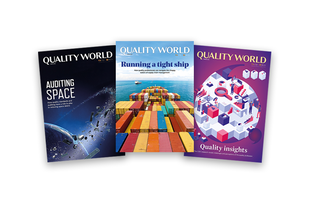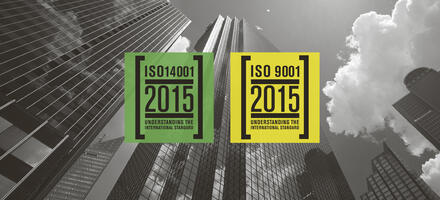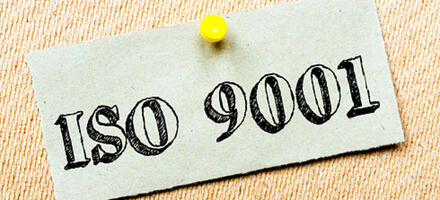
Who are our customers?
Progress indicator

Horacio Martirena, IRCA technical assessor, explores how ISO 9001:2015 puts the emphasis on understanding customers
It´s 1pm and you are walking along a main road looking for a place to have lunch. You stop at the entrance of a recently opened steak house, have a look at the menu displayed at the entrance and notice that the prices are a bit high. You look inside and see that there are very few tables occupied and the general atmosphere is not very welcoming. You decide to keep on walking to find a restaurant that will meet your expectations.
Further down the street, you stop at a restaurant you visited often in the past. Several waiters know you and some even know your name and the food you prefer. But you decide to keep on walking because they have not changed the menu during the past three years and the dining room is a bit dirty and has not been well maintained.
In each case do you expect the restaurants to consider you one of their customers? ISO 9000:2005 defined the customer as an “organisation or person that receives a product”. So, as you didn’t dine in either restaurant, you were not considered to be their customer. ISO 9001:2000 or 2008 did not expect both restaurants to wonder why you did not go in.
In general terms, for previous editions of ISO 9001, customers were only considered customers when they had made an agreement with the supplier.
ISO 9000:2015 defines the customer as a “person or organisation that could or does receive a product or a service that is intended for or required by this person or organisation”. Therefore, the new standard now requires both restaurants to consider their customers as not only those who have lunch, but also those who almost become customers but do not walk in, and those frequent customers who do not dine anymore.
In general terms, for previous editions of ISO 9001, customers were only considered customers when they had made an agreement with the supplier. The starting point of the quality management system is that agreement, before which the organisation has to be sure it understands the customers’ requirements and that it will be able to meet them. The end point is the customer receiving the product or service and the organisation doing its best to perceive the degree of satisfaction or dissatisfaction when the customer uses that product.
With the 2015 edition of ISO 9001, organisations will have to do something with customers who declined the organisation´s offer and customers that decided to move to another supplier.
What can organisations do? Meeting with customers and asking them questions is quite difficult, either because the organisation may not know who they are or because they do not have the chance to see them again. However, some indicators could be used: the number of offers that did not end in an agreement with the customer, customer loyalty and market share.
This is quite a challenge, but organisations have to do their best to conduct research. This will surely help them improve their products and services with the final aim of getting more customers, rather than losing them.
Book a course
CQI and IRCA Certified Training can help you to identify identify different types of customers and stakeholders, and achieve customer excellence.
Member only

This article is free to access for a limited time only. Only CQI and IRCA members receive access to all content.
CQI and IRCA Certified Training

Certified training courses on quality and auditing topics delivered by our global network of Approved Training Partners.
Find the training that’s right for you
We have a range of quality and auditing courses available in a variety of topics and levels.Take the CQI training quiz and find the training that’s right for you.

